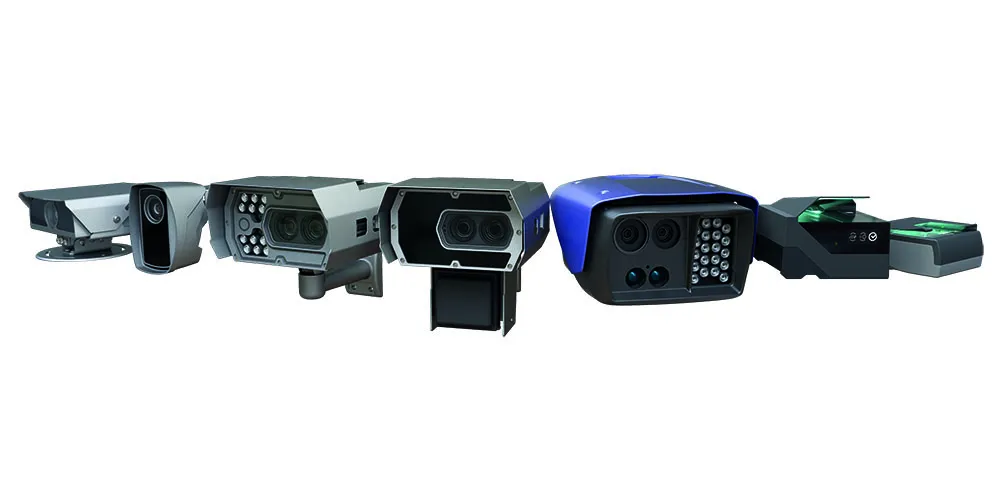World Congress delegates considering using small wireless networks should make a beeline for stand of Proxim Wireless where the company is exhibiting its new Tsunami 820. The unit can be used as either a base station to communicate with traffic lights or as an onboard unit to send information such as video images from buses.
October 6, 2015
Read time: 1 min
World Congress delegates considering using small wireless networks should make a beeline for stand of 416 Proxim Wireless where the company is exhibiting its new Tsunami 820. The unit can be used as either a base station to communicate with traffic lights or as an onboard unit to send information such as video images from buses.
The new version works in the 4.9 to 5.925GHz band and retains same the functionality and robustness of its predecessor but is around one third the size and half the cost and can also be specified with an integral aerial or an N-Type connector for an external aerial. Power can either come from a 12V feed where the unit is mounted in a vehicle or by Power-over-Ethernet for remote installation such as traffic light control.











